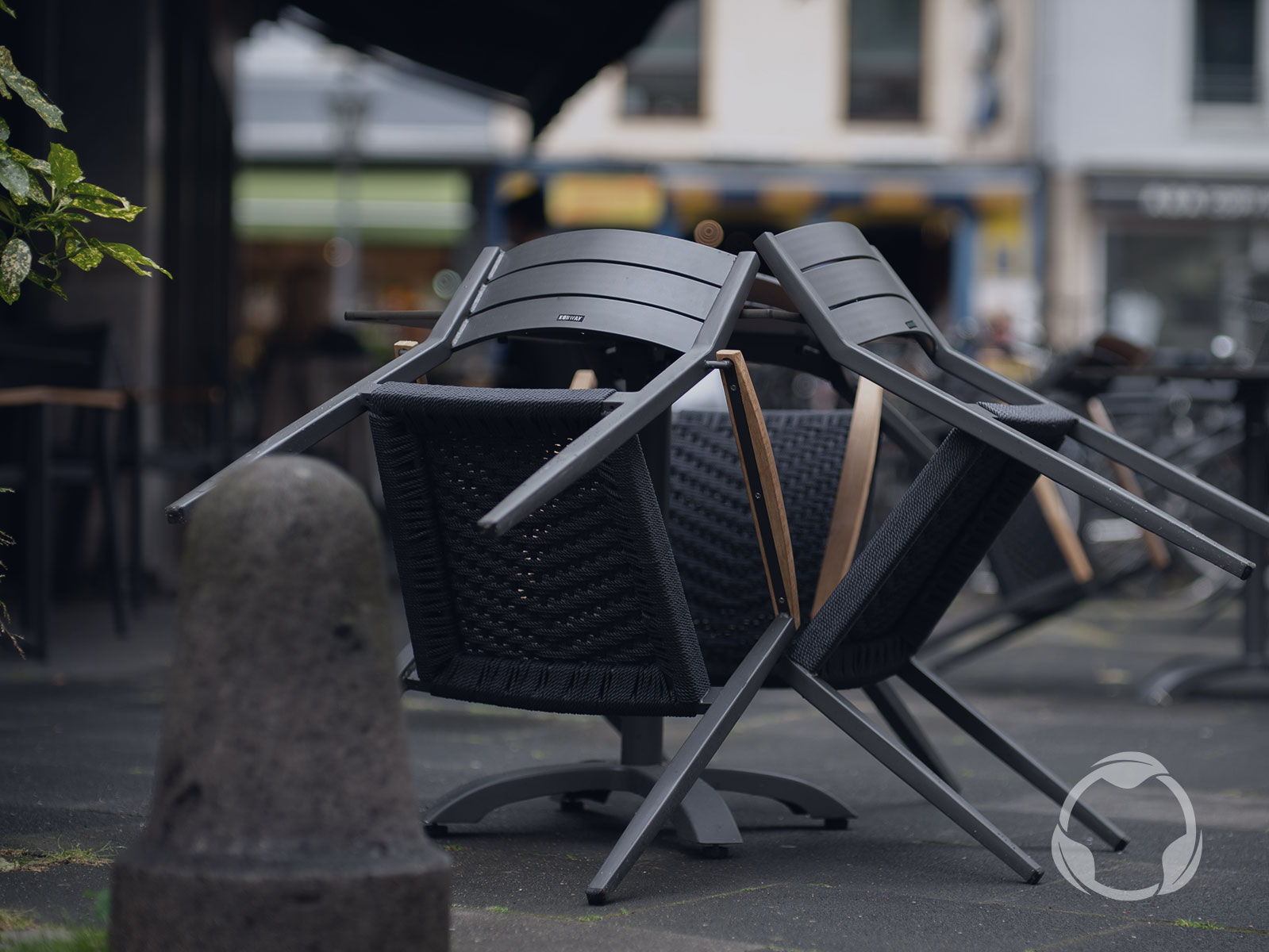
A Broken Asset Class
Issue 4 - 15 July 2020
When we look out at the investment landscape today, we see incredible competition for yield in developed markets. We know of private credit funds who were looking to make loans to established (but struggling) companies in the UK, US and Asia, only for the US Government to step in with a wall of money (even to Chinese companies1 , despite the political noise). In addition, the Federal Reserve is buying even non-investment grade corporate bonds, pushing down the risk premium for these companies at a time when the risks for lenders are heightened.
It’s one thing to Fight the Fed in the stock market, but quite another to try and make loans with the Fed as your competitor. You might have better luck building an online retailer to replace Amazon.
We understand the need to inject capital quickly and shore up confidence during the pandemic, so this is not a discussion around what the Fed should or should not do. We are simply making the case that the risk and reward of credit investing in some segments of developed markets is severely out of balance.
Not only are risk premiums down, but base rates are either negative or nearing zero, and in the words of Jay Powell: “We’re not even thinking about thinking about raising rates”.
So, what are yield hungry investors to do? Well, one can take more risk in the same markets and do peer-to-peer or venture lending, or simply leverage up further.
Another idea (and we are irredeemably biased here) is to look where money is leaving, or at least, not rushing into and that is emerging market (EM) borrowers. If you need proof of just how unloved emerging markets are, the recent Research Affiliates newsletter is instructive.2 Not only are EM equities deemed to be out of favour, they have been declared a broken asset class. Their definition of broken is well explained and I suggest reading the whole article.
They helpfully list the other previous broken asset classes:

It might not surprise you to learn that broken asset classes have almost always done incredibly well in the five years that followed.
So, listed EM stocks are out of favour, global capital is nowhere to be seen in Bogota, Cape Town, Lima or Nairobi. However, Africa, Latin America and other emerging markets continue to operate. There are successful commodity, food, telecoms and electricity companies across the EM landscape, operating successfully with very little global capital. Our role is to try and match good companies with affordable capital to help them grow.
At least the absolute cost of capital in some of these markets has risen to reflect the increased risks in the world and the recessions we are seeing. In the meantime, DM rates have dropped further. This means that on a relative basis the difference between EM borrowing costs and DM borrowing costs are now stark indeed! An observer may even wonder “which of these are the more efficient markets”?
Once in while one can find a transaction that carries this higher pricing premium (based on its geography) but where the risk is a USD investment grade risk, or very close to it. Dominant, USD-priced commodity exporters selling to major global buyers are a good example. The key in this case is making sure your risk truly lies with the buyer and any risk leakage is properly mitigated.
We spend most of our time on bottom up research trying to find this “arbitrage”. I use inverted commas because we all know there is an incredible amount of credit, legal and operational work that goes into emerging market investing in general. Finding the leaks, loopholes and catches between the supplier in Kenya or Santiago and the buyer in Zurich or London is a demanding task.
Rarely can we mitigate enough of the EM risk to make it attractive enough, but right now there are more opportunities than usual and we are ready to act. If we can fill our portfolio with these kinds of deals while EM is a broken asset class, our investors will get high quality risks at yields that Fed-fighters can only dream of.
1Chinese conglomerate, HNA, owns Swissport group and is reported to have received over $100m - most of it in grant funding, from the US government. We learnt this from friends holding private Swissport bonds.
2https://www.researchaffiliates.com/en_us/publications/articles/810-a-quick-survey-of-broken-asset-classes.html




















